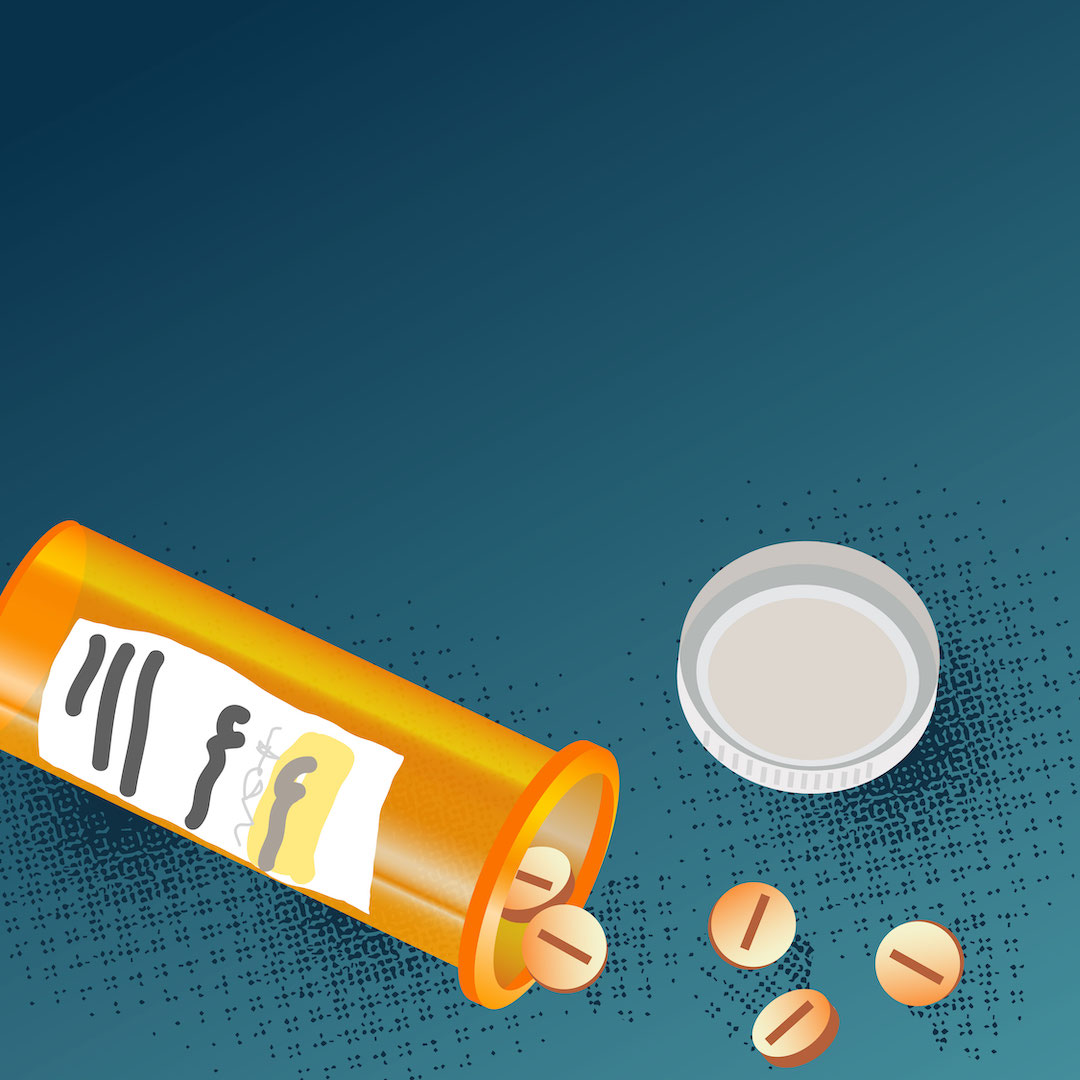How the ADHD medication shortage is affecting SLO

Editor’s note: This article is available in Spanish here.
Cal Poly alumna and current university employee Sheri Donahue used a telehealth service to receive an ADHD (Attention-Deficit Hyperactivity Disorder) diagnosis in 2021. However, when pandemic regulations for virtual prescriptions ended, she struggled to get her next refill.
“It’s like a big game of cat and mouse,” Donahue said.
Donahue is one of many Americans who sought an ADHD diagnosis during the pandemic– her symptoms of forgetfulness, inability to focus and hyperactivity were only accentuated with work from home.
So when pharmacists informed Donahue that her prescription was on backorder, she was concerned for the future of her treatment plan.
“[The pharmacists] told me, we don’t know if there’s an end in sight,” Donahue said.
The ADHD medication shortage, which began in August 2022, affects several medications often prescribed to those diagnosed with the disorder, including Adderall, Vyvanse and Ritalin.
A joint letter from the Food and Drug Administration (FDA) and Drug Enforcement Administration in August 2023 considered manufacturing delays and increased demand due to a spike in diagnoses as the main causes of the shortage.
Rebecca Aponte, a psychologist at Central Coast Evaluations Services, said ADHD medication always has a limited threshold of production, but noticed the accentuation by the recent increase in prescriptions.
“The amount that is allowed to be produced and prescribed does not automatically fluctuate with the size of our population or with the number of people who have this diagnosis,” Aponte said.
According to a 2022 study from the National Institutes of Health, about 6% of college students are diagnosed with ADHD.
Patients at Aponte’s practice range from ages 15 to 25, many being Cal Poly students.
Many people do not receive an ADHD diagnosis until symptoms accentuate with the transition to college, according to Aponte.
“Now you’re also on this accelerated quarter system, you’re grappling with emerging adulthood issues living on your own, working on your own, social issues with roommates,” Aponte said. “You can see problems that may have been there for years, but were masked, are suddenly unmasked.”
Sociology senior Kalia Ennen first noticed how ADHD symptoms affect her academic success in college.
“I start a task. . .I think about another and I kind of never complete a task and then I just kind of get really overwhelmed,” Ennen said.
Ennen said she has not been personally affected by the shortage but knows many fellow students who have.
“I do know other friends who have ADHD and have prescriptions who were actually coming to me because they knew I was able to get medication,” Ennen said.
Ennen said she did not give away any of her supply because she was running low herself. Sharing prescribed medications, including stimulants like Adderall, is illegal and poses many potential health and safety risks.
The main drugs used to treat ADHD are categorized as controlled substances, which require patients to visit their psychiatrist or doctors every six months to get a refill, often in person. According to the FDA, stimulants carry a high potential for abuse, leading to addiction and overdose.
Donahue expressed concerns that the shortage will continue to present challenges for students with ADHD.
“I definitely think if like someone’s experiencing issues filling their medication, just put on your Sherlock Holmes hat and like get to work,” she said. “You kind of have to advocate for yourself and ask all the questions. . .right now, you have to get real crafty.”

